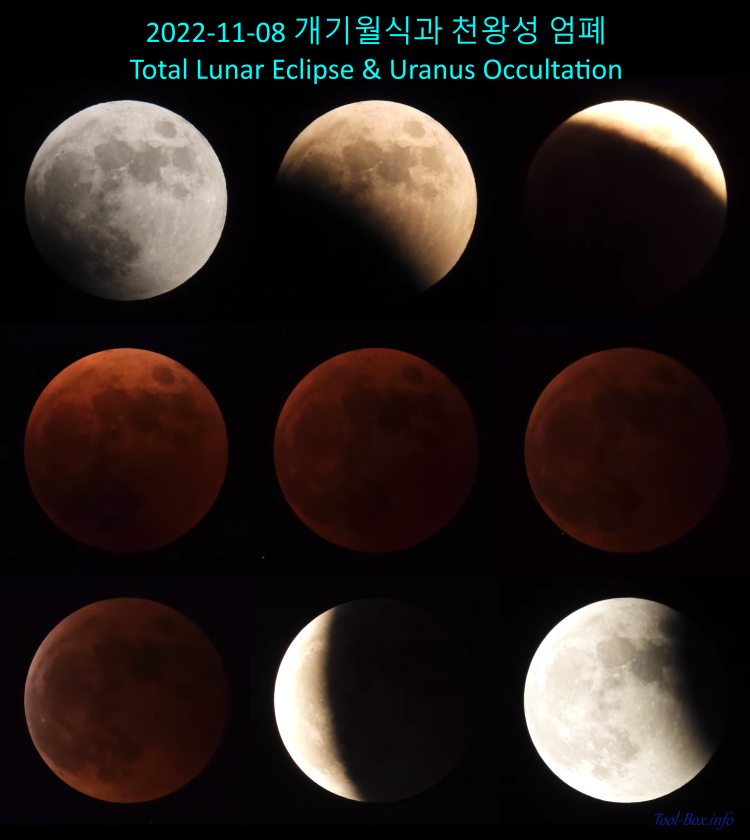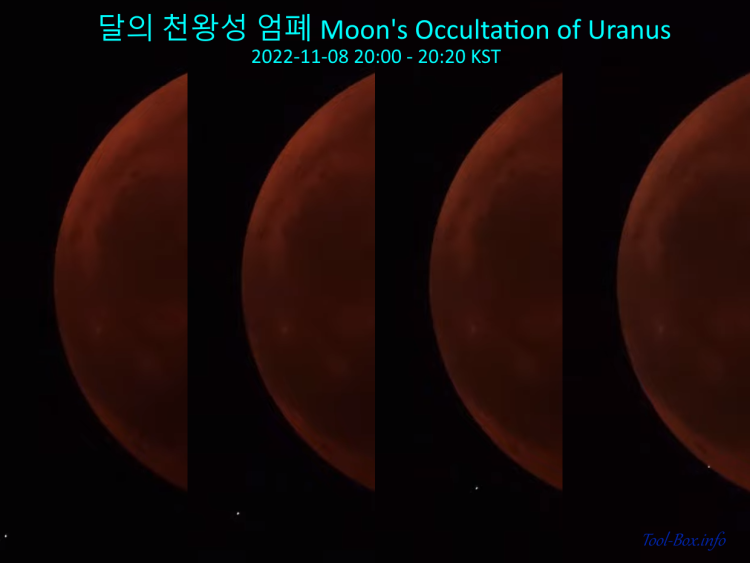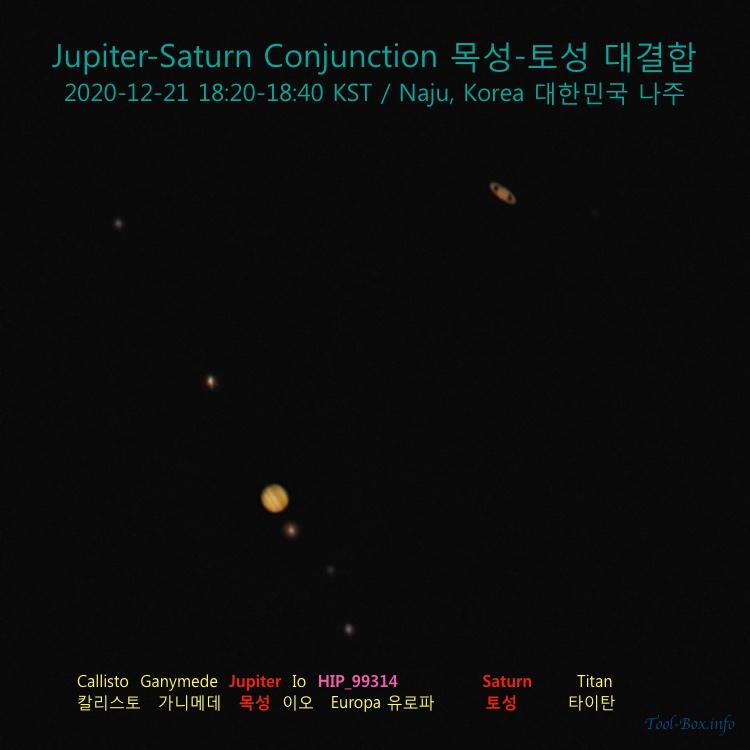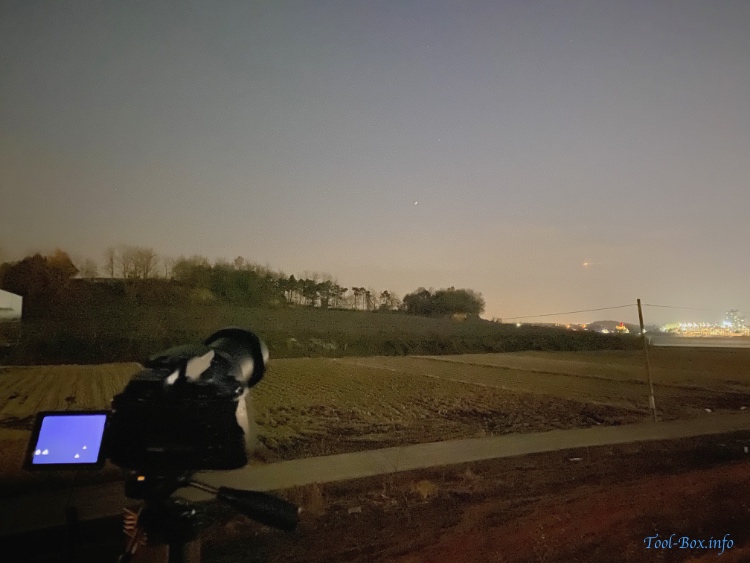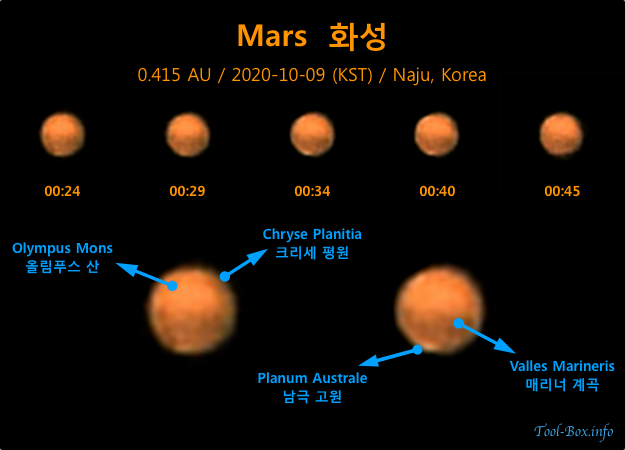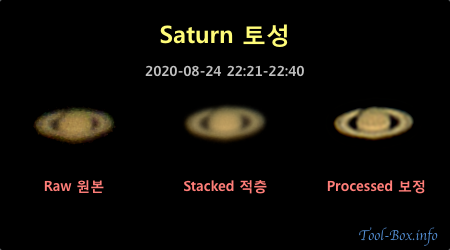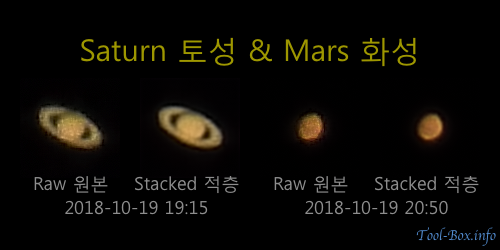Total lunar eclipse with Uranus occultation
Posted by Wesley onThis year's lunar eclipse was a long one, with the added bonus of having Uranus occulted by the Moon during the totality. This doesn't happen very often, and the next one is supposedly more than 200 years away. So I prepared my equipment and observed the progress at a good spot near home.
I did have some difficulties during the 4-hour session, as one camera battery couldn't last that long and dew was building up on the lens after 9 PM. But using a camera with a powerful zoom worked great for capturing the Uranus approaching and then hiding behind the Moon. It was literally a once-in-a-lifetime observation.
Device: Nikon P1000
Settings: 1500mm - f/6.3 (ISO 800 to 1600 / 1/3 to 1/250s)
Filters: None
Time: 2022-11-08 18:07 - 21:40 KST
Location: Naju, Korea
